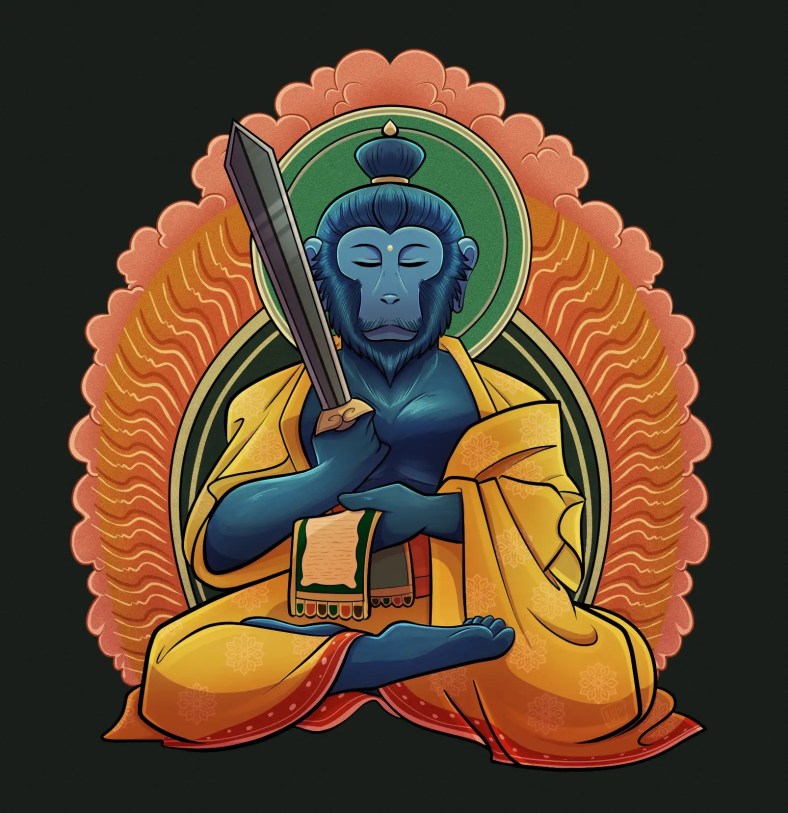Weapons of the Dharma: The Symbolic Power of Nezha’s Gear in Buddhist Context
Nezha, the rebellious yet divine protector of Chinese folklore, wields iconic weapons like the Wind Fire Wheels and Fire-Tipped Spear, which transcend their martial function to embody deeper Buddhist principles. This article explores how these tools symbolize spiritual transformation, comparing them to the sacred implements of Japanese Buddhist deities such as Bishamonten. By interpreting Nezha’s weapons as dharma instruments, we uncover their role in conquering inner and outer obstacles.
The Wind Fire Wheels: Emblems of Spiritual Motion
Nezha’s Wind Fire Wheels, allowing him to traverse heaven and earth, symbolize the relentless motion of spiritual progress. In Buddhism, wheels represent the turning of the Dharma—the endless cycle of learning and liberation. Just as a wheel crushes obstacles beneath it, Nezha’s wheels signify the annihilation of ignorance. Additionally, the fusion of wind (freedom) and fire (purification) mirrors Buddhist practices that dismantle ego and attachments.
Comparatively, Japanese Buddhist figures like Bishamonten wield a pagoda, symbolizing the cosmic order and protection of devotees. While Nezha’s wheels emphasize movement, Bishamonten’s pagoda embodies stability—both serving the same purpose: safeguarding spiritual seekers from delusion. This duality highlights the dynamic balance between action and stillness in Buddhist philosophy.
The Fire-Tipped Spear: Piercing Through Illusion
Nezha’s spear, ablaze with transformative flames, is not merely a weapon but a metaphor for wisdom’s incisive power. In Buddhist iconography, spears often represent prajna (transcendent wisdom), cutting through false perceptions. The fire-tipped aspect reinforces its purifying quality—burning away greed, hatred, and delusion. Similarly, Bishamonten’s spear guards the righteous, paralleling Nezha’s role as a vanquisher of malevolence.
The comparison extends to Fudō Myōō, a wrathful Japanese deity whose sword embodies unyielding truth. Both figures use their weapons not for destruction but for liberation, reflecting Buddhism’s core tenet: overcoming inner demons precedes external battles. Nezha’s spear, thus, is less about warfare and more about the relentless pursuit of enlightenment.
Conclusion: Symbols of Liberation in Divine Armaments
Nezha’s weapons, when interpreted through a Buddhist lens, reveal profound layers of meaning—his Wind Fire Wheels represent the tireless journey toward awakening, while his Fire-Tipped Spear embodies wisdom’s piercing clarity. Comparing them to Japanese Buddhist implements underscores a shared symbolic language: tools for inner transformation. Ultimately, these divine weapons remind us that true power lies not in conquest, but in transcending the self.


